Insurance Benefits of Steel Framing
Steel framing offers several benefits when compared to traditional wood framing in construction. The insurance benefits of steel framing primarily revolve around the increased durability, safety, and reduced risk of damage associated with steel framing.
Fire Resistance
Steel is non-combustible, which means it does not contribute to the spread of fires. This reduces the risk of significant fire damage and can result in lower insurance premiums for buildings with steel framing.
Reduced Risk of Termite Damage
Unlike wood, steel is not susceptible to termite infestations. This eliminates the risk of costly repairs and can lead to lower insurance costs.
Increased Structural Integrity
Steel framing provides excellent structural strength and stability, reducing the likelihood of structural damage during natural disasters such as earthquakes, hurricanes, and tornadoes. Insurance providers may offer lower premiums for buildings with steel frames due to their enhanced resistance to severe weather events.
Lower Risk of Water Damage
Steel framing is less susceptible to water damage, such as rot and mold, which can be common in wood-framed structures. This lower risk can result in lower insurance rates for steel-framed buildings.
Longevity:
Steel framing has a longer lifespan than wood framing. Insurance companies may consider the expected lifespan of a building’s structural elements when determining premiums, so a longer-lasting material like steel can result in lower insurance costs.
Resistance to Shrinkage and Warping:
Steel framing materials are less prone to shrinkage, warping, and other forms of degradation that can compromise a building’s structural integrity. Insurance providers may view this as a lower risk factor.
Reduced Maintenance Costs:
Steel framing typically requires less maintenance than wood framing, reducing the long-term costs associated with upkeep. This can be a factor in determining insurance premiums.
Enhanced Building Codes Compliance:
Steel framing often exceeds building code requirements for structural integrity and safety. Compliance with these codes can result in insurance discounts or lower premiums.
It’s important to note that insurance rates are influenced by numerous factors, including the location of the building, its intended use, construction quality, and the materials used. While steel framing can offer insurance benefits, the overall cost and availability of insurance coverage will depend on a variety of factors specific to the project and location. Builders and property owners should consult with insurance professionals to determine the potential savings and benefits of using steel framing in their specific circumstances.
- By: marketing
- 0 comment


